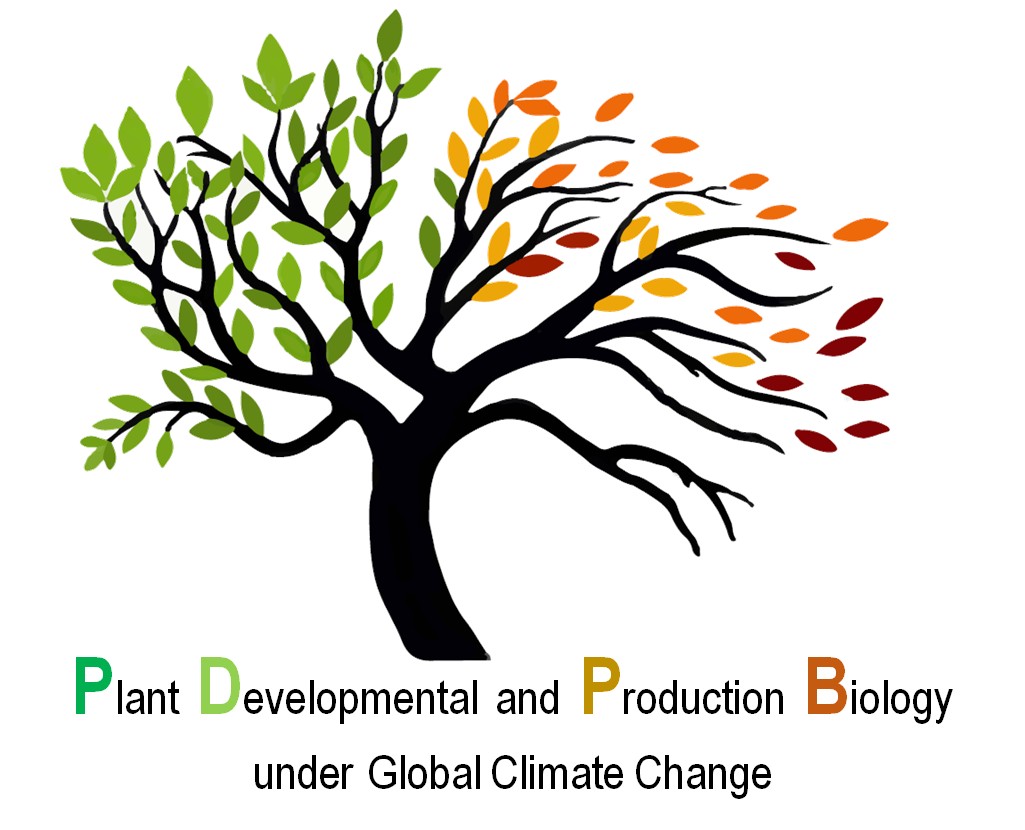| |
|
[a] Mendel Centre for Plant Genomics and Proteomics of Plants Systems, CEITEC MU-Central European Institute of Technology, Masaryk University, 625 00 Brno, Czech Republic
|
| |
|
A complex network of signals from temperature and light must correctly converge to achieve successful development in plants, through vegetative to reproductive growth. Extremes of temperature represent a significant stress for plants and is a major factor limiting global plant distribution (Mittler, 2006). Many stages of flower development, particularly the late stages of stamen development, are sensitive to heat stress. Many of the temperature-regulated developmental pathways are intimately linked with light signaling. These responses are frequently mediated by manipulating the phytohormone network (L. Heggie and KJ, Halliday, 2005). The model plant, Arabidopsis thaliana, like many higher plants, responds to warmer ambient temperatures by increasing its growth rate and accelerating the floral transition. Arabidopsis is a facultative long day plant, and plants grown under short photoperiods are dramatically delayed in flowering (Halliday and Fankhauser, 2003). Interestingly, late flowering in short days can be overcome by growth at higher temperatures. Therefore, the array of light signals controlling development cannot be separated from temperature responses and hormone mediation. In this study we aim to examine the integration of these pathways in the control of a range of developmental processes including inflorescence and seed development responses in A. thaliana.
[1] Fitter, A.H and Fitter, R.S. 2002. Rapid changes in flowering times in British plants. Science 296, 1689-1691.
[2] Halliday, K. J. and Fankhauser, C. 2003. Phytochrome-hormonal signalling networks. Tansley Review, New Phytol. 157: 449-463.
[4] Mittler, R. 2006. Abiotic stress, the field environment and stress combination. Trends Plant Sci. 11, 15-19.
|

